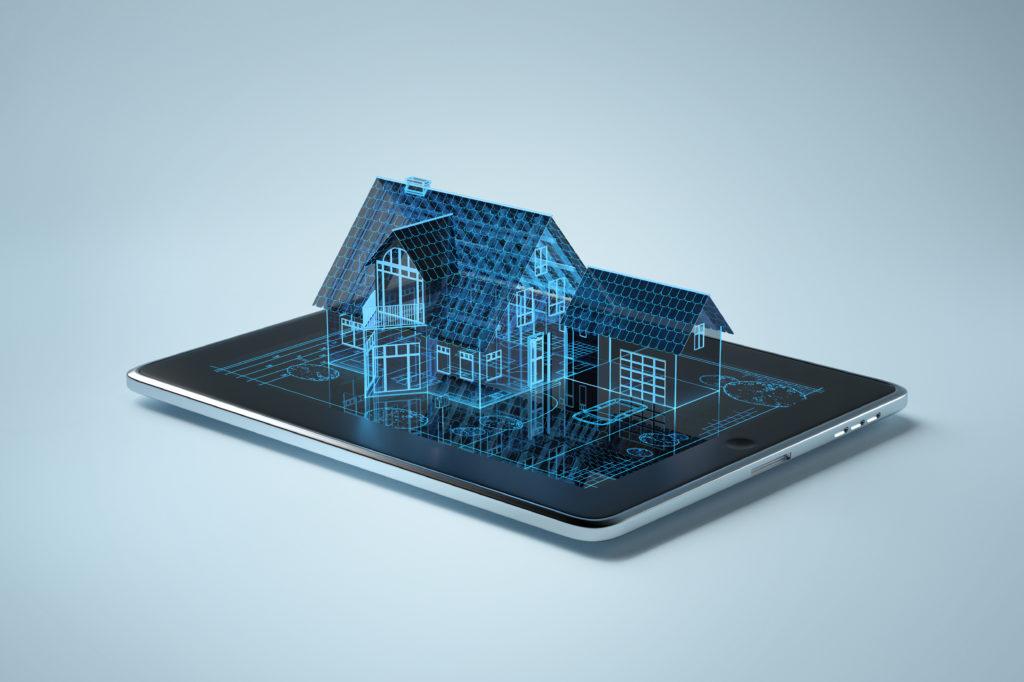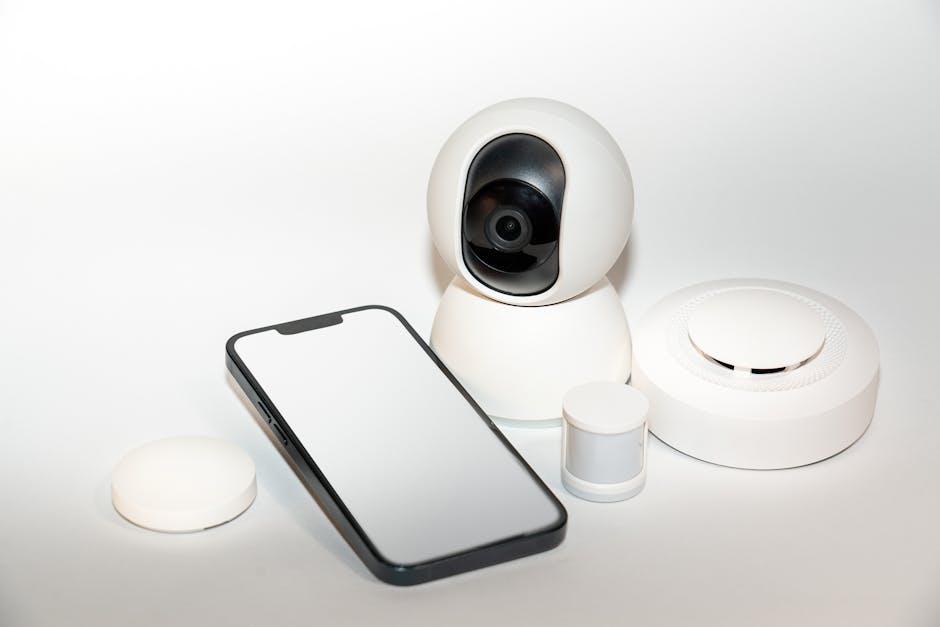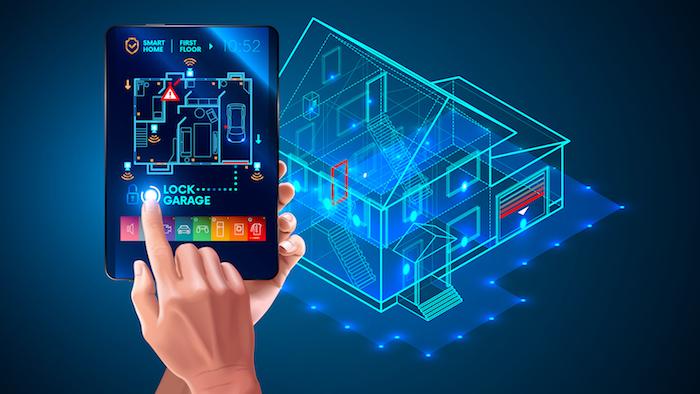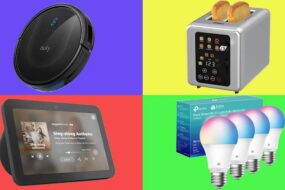
In the heart of our modern abodes, sleek devices quietly orchestrate our daily routines—from adjusting the thermostat with a voice command to ensuring our homes are secure with just a tap on a smartphone. The rise of smart home technology promises unparalleled convenience and efficiency,seamlessly integrating into the fabric of our lives. Yet, as these smart systems become more entwined with our personal spaces, questions about privacy inevitably emerge. Balancing the allure of automation with the imperative to safeguard personal details is no small feat.”Privacy Matters: Navigating the Smart Home Landscape” delves into this intricate dance, exploring how homeowners can embrace innovation while maintaining control over their most intimate data.
Table of contents
- Understanding Data Collection in smart Homes
- Identifying Common Privacy Vulnerabilities
- Implementing Effective Security Measures
- Optimizing Privacy Settings for Connected Devices
- Navigating legal and Regulatory Frameworks
- Key Takeaways

Understanding Data Collection in Smart Homes
As smart homes become increasingly integrated into our daily lives, understanding how data is collected is essential for maintaining privacy and security. Smart devices, from thermostats to voice assistants, continuously gather information to optimize performance and enhance user experience. This data can include everything from usage patterns and personal preferences to more sensitive information like conversations and daily routines.
The collection process typically involves several stages. Initially, devices capture raw data through sensors and user interactions. This data is then transmitted to cloud servers where it is processed and analyzed to provide actionable insights or automated responses. While this seamless flow of information enables conveniences such as energy savings and personalized settings, it also raises concerns about who has access to the data and how it is utilized.
To better visualize the data collection lifecycle in smart homes, consider the following table:
| stage | Description | Examples |
|—————–|——————————————————|———————————|
| Data Capture| Gathering raw data through device sensors | Temperature readings, motion detection |
| Data Transmission | Sending data to cloud servers for processing | Wi-Fi connectivity sending data to the cloud |
| Data Processing| Analyzing and interpreting the collected data | Machine learning algorithms optimizing energy use |
| Data storage | Storing processed data for future use | cloud databases retaining user preferences |
| Data Utilization | Applying data to enhance device functionality | Automated lighting adjustments based on occupancy patterns |
Understanding each stage helps users make informed decisions about the devices they choose and the settings they configure, ultimately fostering a more secure and privacy-conscious smart home environment.
Identifying Common Privacy Vulnerabilities
As smart homes become increasingly integrated into our daily lives, understanding the common privacy vulnerabilities is essential to safeguarding your personal information. These vulnerabilities can stem from various sources,including device manufacturers,network security gaps,and user behavior. Awareness of these potential risks enables homeowners to take proactive measures to protect their privacy.
One meaningful vulnerability lies in the data collection practices of smart devices. Many devices continuously collect data to enhance functionality, but without proper safeguards, this information can be accessed by unauthorized parties.Additionally, weak encryption protocols and unsecured wi-Fi networks can serve as gateways for cybercriminals to infiltrate your smart home ecosystem. Moreover, outdated firmware and lack of regular updates can leave devices exposed to known security flaws, making them easy targets for exploitation.
| Vulnerability | Description |
|—————————|——————————————————|
| Data Collection Overreach | Excessive data gathered beyond necesary functionality |
| Weak Encryption | Inadequate protection of data during transmission |
| Unsecured Wi-Fi networks | Lack of robust security protocols for home networks |
| Outdated Firmware | Devices not updated with the latest security patches |
| Inadequate Authentication | Weak or default passwords that are easily guessable |
By recognizing these vulnerabilities, smart home users can implement stronger security measures, such as using robust passwords, enabling encryption, regularly updating device firmware, and carefully managing data permissions.Taking these steps not only enhances the security of your smart home but also ensures that your personal privacy remains intact in an increasingly connected world.
Implementing Effective Security Measures
As smart homes become more integrated into our daily lives, the importance of robust security measures cannot be overstated. Protecting your personal information and ensuring the seamless operation of your devices requires a proactive approach to security. Implementing effective strategies not only safeguards your privacy but also enhances the overall reliability of your smart home ecosystem.
Essential Security Measures for Smart Homes
| Security Measure | Benefits | Implementation Tips |
|—————————-|———————————–|———————————————–|
| Strong Passwords | Prevent unauthorized access | Use unique, complex passwords for each device |
| Two-Factor Authentication | Adds an extra security layer | Enable 2FA on all compatible devices |
| Regular Firmware Updates | Protect against vulnerabilities | Schedule automatic updates for all gadgets |
| Secure Wi-Fi Networks | shields devices from external threats | Utilize WPA3 encryption and disable WPS |
| Device Segmentation | Limits access between devices | Create separate networks for IoT devices |
by adopting these security measures, homeowners can create a fortified environment that deters potential threats and minimizes vulnerabilities. Additionally, staying informed about the latest security advancements and regularly reviewing your smart home settings will ensure that your privacy remains intact in an ever-evolving digital landscape.
Optimizing privacy Settings for Connected Devices
In the interconnected world of smart homes,safeguarding your privacy requires more than just purchasing the latest gadgets. It begins with a proactive approach to configuring each device’s privacy settings. Start by accessing the security or privacy section within each device’s app or web interface. Hear, you can control what data is collected, how it’s used, and who has access to it. Regularly update firmware and software to ensure you benefit from the latest security enhancements and patches that protect against emerging threats.
Creating a robust privacy framework also involves managing permissions diligently. Limit the data shared with third-party applications and services by reviewing and adjusting permissions periodically. Utilize strong, unique passwords for each device and enable two-factor authentication where available to add an extra layer of security. Additionally, consider segmenting your home network by setting up a separate Wi-Fi network for your smart devices, thereby minimizing potential vulnerabilities and isolating critical personal information from everyday internet traffic.
Here’s a simple guide to optimize privacy settings across common smart home devices:
| Device Type | Privacy Tips |
|——————–|—————————————————|
| smart Speakers | Disable voice recording, limit data sharing |
| Smart Cameras | Use strong passwords, enable encryption |
| Smart Thermostats | Restrict data access, update firmware regularly |
| Smart Locks | Activate logging features, use biometric options |
By implementing these strategies, you can enjoy the convenience of a smart home while maintaining control over your personal information. remember,privacy is an ongoing process—stay informed about your devices and continuously refine your settings to keep your smart home environment secure.
Navigating Legal and Regulatory Frameworks
As smart home technology becomes increasingly integrated into our daily lives, understanding the legal and regulatory landscapes is crucial to safeguarding privacy and ensuring compliance. Various jurisdictions have implemented legislation designed to protect consumer data and regulate the use of smart devices. Navigating these frameworks requires both consumers and manufacturers to stay informed and proactive.
Key regulations that impact the smart home ecosystem include the General Data Protection Regulation (GDPR) in the European Union,the California Consumer Privacy act (CCPA) in the United States,and emerging standards in other regions. These laws address issues such as data collection, user consent, data portability, and the right to be forgotten.Compliance not only helps avoid hefty fines but also builds trust with users who are increasingly concerned about their privacy.
| Regulation | Region | Key Focus Areas |
|————|—————-|———————————————|
| GDPR | European Union | Data protection, user consent, data rights |
| CCPA | California, USA | Consumer data rights, transparency, access |
| LGPD | Brazil | personal data processing, consent, security |
| PIPEDA | Canada | Data collection, usage, disclosure |
Understanding these regulations is essential for navigating the smart home landscape effectively. Companies must implement robust data governance practices, while consumers should be aware of their rights and the protections available to them. By keeping abreast of legal requirements and advocating for transparent policies, all stakeholders can contribute to a secure and privacy-conscious smart home environment.
Key Takeaways
As we embrace the conveniences of smart home technology, it’s essential to remain vigilant about the privacy implications that come along with it. Balancing innovation with personal security ensures that our homes remain sanctuaries of comfort without compromising our private lives. By staying informed and proactive, we can navigate the smart home landscape with confidence, safeguarding what matters most while enjoying the benefits of a connected lifestyle.





















